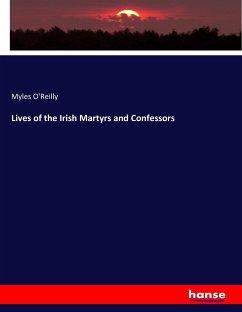
Twenty-Six Martyrs of Japan
Versandkostenfrei!
Versandfertig in 6-10 Tagen
23,99 €
inkl. MwSt.

PAYBACK Punkte
12 °P sammeln!
Please note that the content of this book primarily consists of articles available from Wikipedia or other free sources online. The Twenty-six Martyrs of Japan (Nihon Nij roku Seijin) refers to a group of Christians who were executed by crucifixion on February 5, 1597 at Nagasaki. Their martyrdom is especially significant in the history of Roman Catholicism in Japan. A promising beginning to Catholic missions in Japan perhaps as many as 300,000 Christians by the end of the sixteenth century met complications from competition between the missionary groups, political difficulty between Spain and...
Please note that the content of this book primarily consists of articles available from Wikipedia or other free sources online. The Twenty-six Martyrs of Japan (Nihon Nij roku Seijin) refers to a group of Christians who were executed by crucifixion on February 5, 1597 at Nagasaki. Their martyrdom is especially significant in the history of Roman Catholicism in Japan. A promising beginning to Catholic missions in Japan perhaps as many as 300,000 Christians by the end of the sixteenth century met complications from competition between the missionary groups, political difficulty between Spain and Portugal, and factions within the government of Japan. Christianity was suppressed, and it was during this time that the 26 martyrs were executed. By 1630, Christianity had been driven underground. Two hundred and fifty years later, when Christian missionaries returned to Japan, they found a community of "hidden Christians" that had survived underground.












